Strangest Kuiper Belt Objects: The Top Five
by Ian O'Neill
The Kuiper belt is strange. Most of this strangeness probably comes from the fact that we are only just beginning to uncover this mysterious region of the Solar System. Unlike the Oort Cloud which (possibly) lies beyond 3 × 1012 km away (over 20,000 AU, or a whopping 0.3 light years), we can actually observe the objects inside the Kuiper belt as, compared to the Oort Cloud, the Kuiper belt is on our interplanetary doorstep.
But that doesn’t mean it’s close. The Kuiper belt exists in a region of space 30–55 AU from the Sun; this is where Pluto lives (as Pluto itself is a “Kuiper belt object”, or KBO). As astronomical techniques become more advanced however, we are able to discover more KBOs in the zoo of icy-rocky bodies that live in this region.
Having just written about an oddball pair of “highly split” KBOs, I feel compelled to list my top five favourite KBOs. Here are my favourites, as some are really funny-lookin’ and others have some serious personal issues…5. The identical twins: Antipholus and Antipholus
Having discussed this pair of attention-seeking misfits on Thursday, I’ll keep this brief. The guys at the Canada France Ecliptic Plane Survey (CFEPS) have been keeping an eye on this cubewano pair for seven years — as their name suggests, 2001 QW322 was discovered in 2001. However, what their name does not suggest is that 2001 QW322 is a binary asteroid (so I suppose they can be called 2001 QW322a and 2001 QW322b). But not being content with the “official” designation, the CFEPS astronomers have found a rather clever and descriptive name for the pair. Antipholus and Antipholus.
So why do they have the same name? Because as far as the Kuiper belt hunters can discern, 2001 QW322 “a” and “b” are almost exactly the same size. In fact, from luminosity measurements, astronomers have only measured a variation of 1-5% in the brightness of each. This means that they not only have the same dimensions (100 km in diameter), they also have very similar albedo (reflectiveness).
However, just because they are twins doesn’t make them good enough to be in this list (although it is impressive to find identical twins orbiting each other), it is the distance at which they are orbiting each other which is strange. They have an orbit separated by a whopping 125,000 km. This distance is so huge for two comparatively small objects, it takes Antipholus and Antipholus 25-30 years to complete one orbit. Apparently they have been this way for a billion years and are expected to last another billion. But eventually they will succumb to gravitational disruption and be separated forever.
4. The one with the identity crisis (and family problems): Pluto
Pluto has had a rough ride lately. Firstly, in 2006, the International Astronomical Union (IAU) controversially kicked Pluto out of the Planetary Rotary Club, demoting it to a “dwarf planet”. The IAU had its reasons, but the world was shocked and upset at the decision to change its status.
Pluto was Plutoed.
While Pluto slowly pottered through the Kuiper belt on its 258 year orbit of the Sun, the argument raged here on Earth as to what Pluto actually was. Many wanted Pluto to be re-instated as a planet, but there was a bigger body out there, the trans-Neptunian object (TNO) Eris, that is bigger than Pluto. At first Eris was called the “tenth planet” when it was identified in 2005, but quickly astronomers realised the term “planet” might not apply to the increasing number of “minor planets” in the Kuiper belt and beyond. Unfortunately, Pluto was in the firing line and the IAU made its decision. However, all was not lost. This year, a new class of dwarf planet was defined, named after the demoted ninth planet: the “Plutoid”.
The IAU defines a Plutoid as:
…celestial bodies in orbit around the Sun at a semimajor axis greater than that of Neptune that have sufficient mass for their self-gravity to overcome rigid body forces so that they assume a hydrostatic equilibrium (near-spherical) shape, and that have not cleared the neighbourhood around their orbit. Satellites of plutoids are not plutoids themselves.
So is this the last we’ve heard of the “Pluto debate?” Probably not.
Although a whole class of objects have been designated as “Plutoids” (including Eris, Haumea, and Makemake) this will be of little comfort to Pluto. The dwarf planet may have an identity crisis, but it has another problem. It looks like Pluto’s two small moons, Nix and Hydra (orbiting at 48,700 kilometres and 64,800 kilometres from Pluto respectively), didn’t originate from the dwarf planet. Pluto’s kids are illegitimate (why do I feel Charon had something to do with this?).
Poor Pluto.
3. The controversial potato: Haumea
Why is Haumea shaped like a potato? Although the dwarf planet has never been directly observed, its elongated shape has been calculated from its light curve. Haumea’s length is twice that of its width. It is believed that the KBO suffered a massive collision, causing it to spin rapidly and become deformed. According to the IAU rules, Haumea meets the criteria as being a dwarf planet (although it is not spherical, it has settled into hydrostatic equilibrium), a Plutoid and a KBO. As it’s orbiting beyond Neptune, it is also a TNO.
So far, so good. It looks strange. Is that it?
Actually, there has been a fair bit of controversy surrounding this little Plutoid. Two teams, one from the US and the other from Spain, claimed to have discovered Haumea at around the same time. In 2005, the Spanish team took credit, but allegations of fraud by the Spanish researchers overshadowed the discovery and delayed the official naming. Before the name “Haumea” (after an Hawaiian godess), it was called 2003 EL61, and it wasn’t officially named by the IAU until September this year. Haumea was only the second dwarf planet discovered since Pluto was discovered back in 1930.
2. It walks on walls: Drac
2008 KV42 has been nicknamed Drac for a very good reason. In the story of Dracula, the mythical vampire is known for his ability to walk on walls and 2008 KV42 is doing a similar thing. This strange KBO has an inclination of more than 90° from the ecliptic, meaning that when compared with all the planets and other KBOs, Drac appears to orbit the Sun in a retrograde motion (i.e. the wrong way).
Drac is approximately 50 km in diameter and isn’t thought to originate from the Kuiper belt, it probably came from a region of space much further away. Its extreme inclination (normally reserved for long period comets — although comets make a closer pass to the Sun; Drac only comes as close as the orbit of Uranus) indicates that it probably originated from a region either above or below the Solar System’s ecliptic plane (see Drac’s orbit above). This means it may have come from the inner Oort Cloud after being gravitationally disrupted by a passing star. It appears to have maintained its current orbit for hundreds of millions of years, although this might change in the future.
It seems possible that Drac is a “transition object”, a nomad from the Oort cloud that is gradually getting closer to the Sun. Perhaps its orbital trajectory will eventually make Drac swing through the inner Solar System in a few million years, before becoming a comet itself.
Perhaps Drac will spread its wings and become more “bat-like” during its transition from KBO to comet…
1. The kidnapped KBO: Triton
Remember the sad story about Pluto’s illegitimate children, Nix and Hydra? Well it seems the gas giant Neptune has a few paternity secrets of its own.
Usually the Kuiper belt is a comparatively stable and peaceful region of the Solar System. That is until one of the outlying gas giants, such as Uranus or Neptune steam past, causing all sorts of gravitational chaos. In fact, the orbital motion of Neptune dictates the orbits of many of the KBOs, nudging them into natural bands, or “resonances”. But it seems that Neptune has done more than influence the orbit of one large KBO, the gas giant stole it.
Astronomers have always known that Triton is a little strange. For starters, it has a retrograde orbit around Neptune. This is an indication that the 2700 km-diameter moon (40% larger than Pluto) didn’t originate in the same solar nebula Neptune was born in; meaning Triton didn’t come from the Neptunian system at all.
Secondly, Triton is very similar in composition and density to Pluto, suggesting that both Pluto and Triton may have evolved in a common location (i.e. the Kuiper belt). Thirdly, Neptune has very few moons (only 13) when compared to Saturn (~200), Jupiter (63) and Uranus (27), supporting the theory of Triton’s abduction by Neptune. The dwarf planet will have entered the Neptunian system with an extremely eccentric orbit taking Triton across the orbits of the other natural moons, disrupting and scattering them from Neptune. Eventually Triton settled into its present-day stable orbit, happily orbiting Neptune, watching the gas giant’s other natural-born satellites whizz past it, orbiting in the opposite direction.
So, Triton is my number one strange Kuiper belt object. It was once at home with all the other Plutoids, cubewanos, TNOs, comets and dwarf planets, but it was abducted by Neptune, never to return…








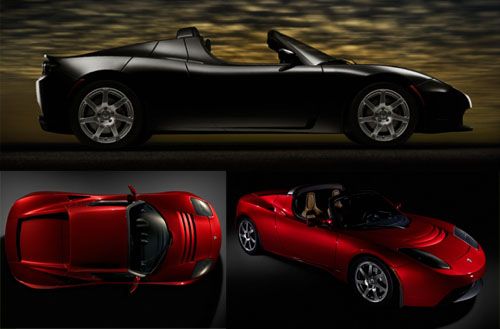

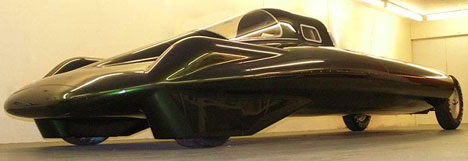

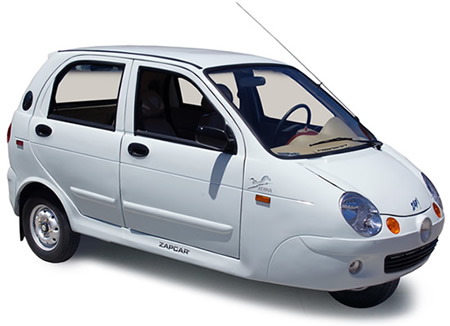
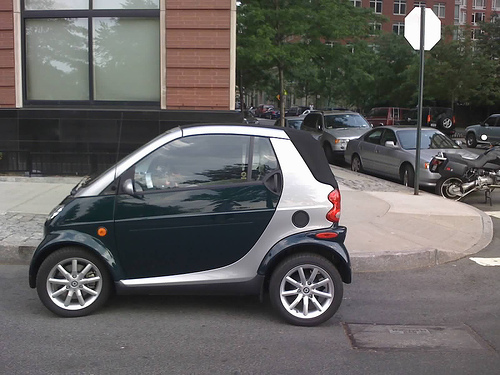
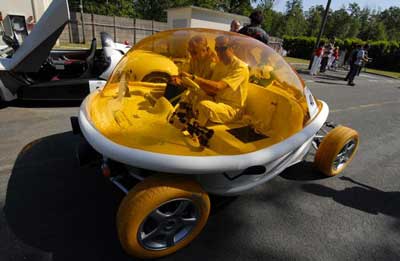

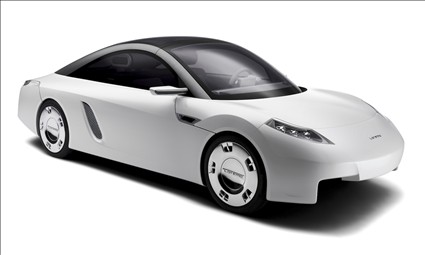
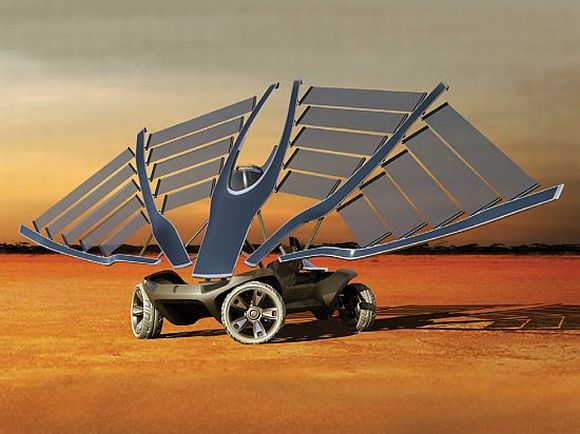

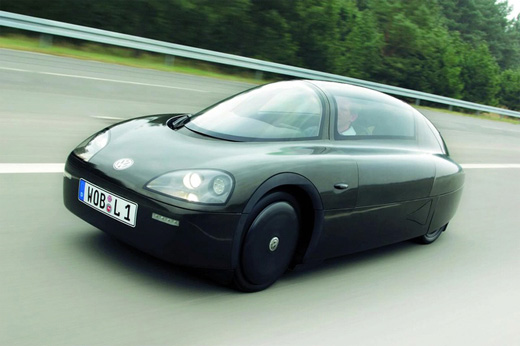







 There’s no doubt about it, Bond movies are very big business indeed and MGM will be hoping James’ latest outing in ‘
There’s no doubt about it, Bond movies are very big business indeed and MGM will be hoping James’ latest outing in ‘




















